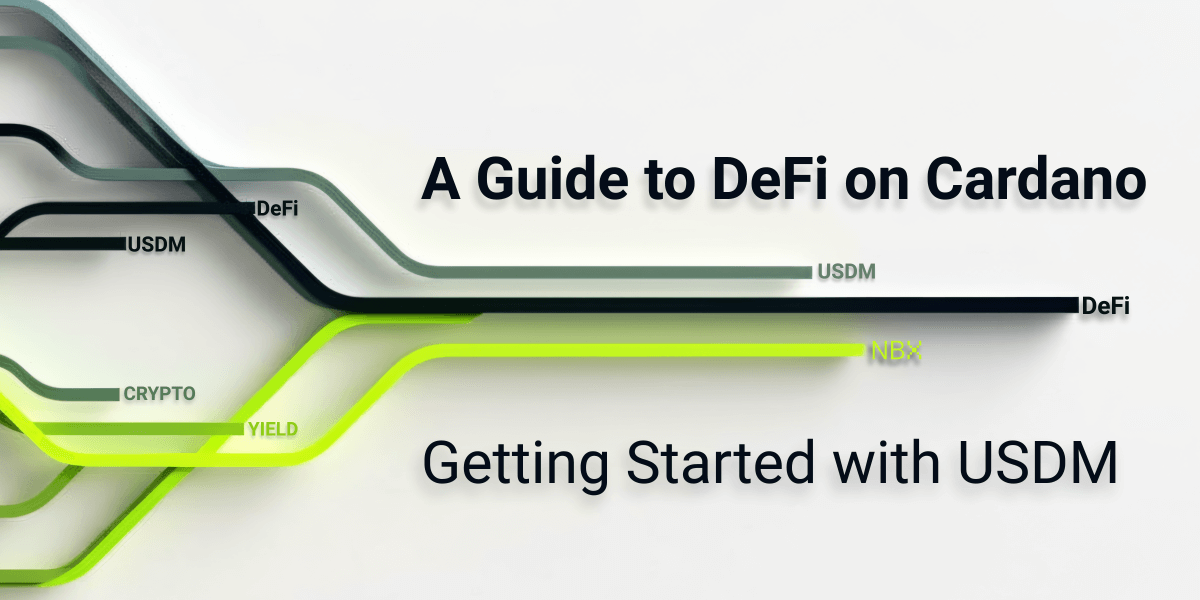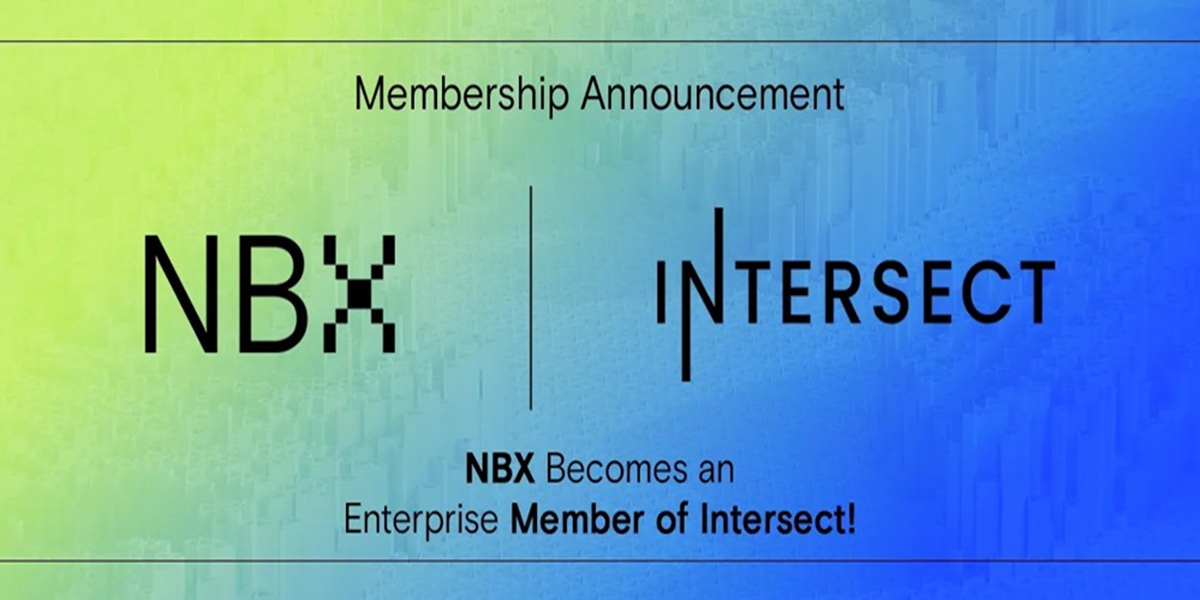Mining Ethereum was possible until September 15th, 2022, while the Ethereum network used the PoW (Proof of Work) mining mechanism to validate transactions and create new blocks on the blockchain. This involved miners using computational power to solve complex mathematical problems, with the first miner to solve the problem being rewarded with newly created ether. However, PoW is energy-intensive and has been criticized for its environmental impact.
Ethereum's Merge has upgraded the Ethereum network to transition from a proof-of-work (PoW) consensus mechanism to a proof-of-stake (PoS) mechanism. The merge is also known as the Ethereum 2.0 upgrade or the Eth2 upgrade. PoS uses a different validation mechanism called "staking." In a PoS system, validators hold a certain amount of ether as collateral, which they can lose if they act maliciously. Validators are then randomly selected to create new blocks and validate transactions based on their stake.
The merge is expected to bring several benefits to the Ethereum network, including increased security, reduced energy consumption, and improved scalability. It will also enable Ethereum to support new features and use cases, such as decentralized finance (DeFi) and non-fungible tokens (NFTs).
The Eth2 upgrade involves several phases, including the Beacon Chain phase, the Shard Chain phase, and the Execution Environment phase.
The Beacon Chain phase, which launched in December 2020, introduced PoS to the Ethereum network and established the foundation for the Eth2 upgrade. The Shard Chain phase, was launched in 2022 and introduced sharding, a scaling solution that will enable the Ethereum network to process more transactions per second. The Execution Environment enabled the merge by replacing PoW with PoS which happened on September 15th, 2022.
Therefore, it is no longer possible to mine Ethereum.
The article does not constitute financial advice.


